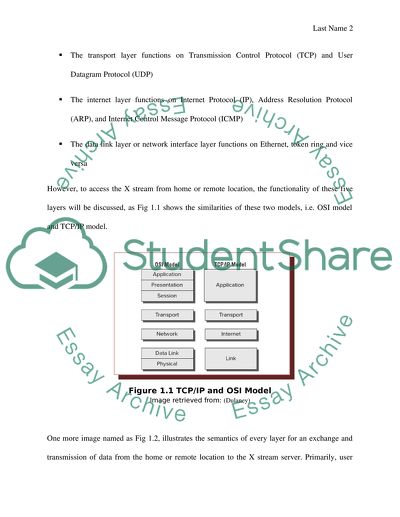Cite this document
(“The Communication Mechanisms of the TCP/IP Model Essay”, n.d.)
The Communication Mechanisms of the TCP/IP Model Essay. Retrieved from https://studentshare.org/technology/1444795-discuss-in-a-report-of
The Communication Mechanisms of the TCP/IP Model Essay. Retrieved from https://studentshare.org/technology/1444795-discuss-in-a-report-of
(The Communication Mechanisms of the TCP/IP Model Essay)
The Communication Mechanisms of the TCP/IP Model Essay. https://studentshare.org/technology/1444795-discuss-in-a-report-of.
The Communication Mechanisms of the TCP/IP Model Essay. https://studentshare.org/technology/1444795-discuss-in-a-report-of.
“The Communication Mechanisms of the TCP/IP Model Essay”, n.d. https://studentshare.org/technology/1444795-discuss-in-a-report-of.


